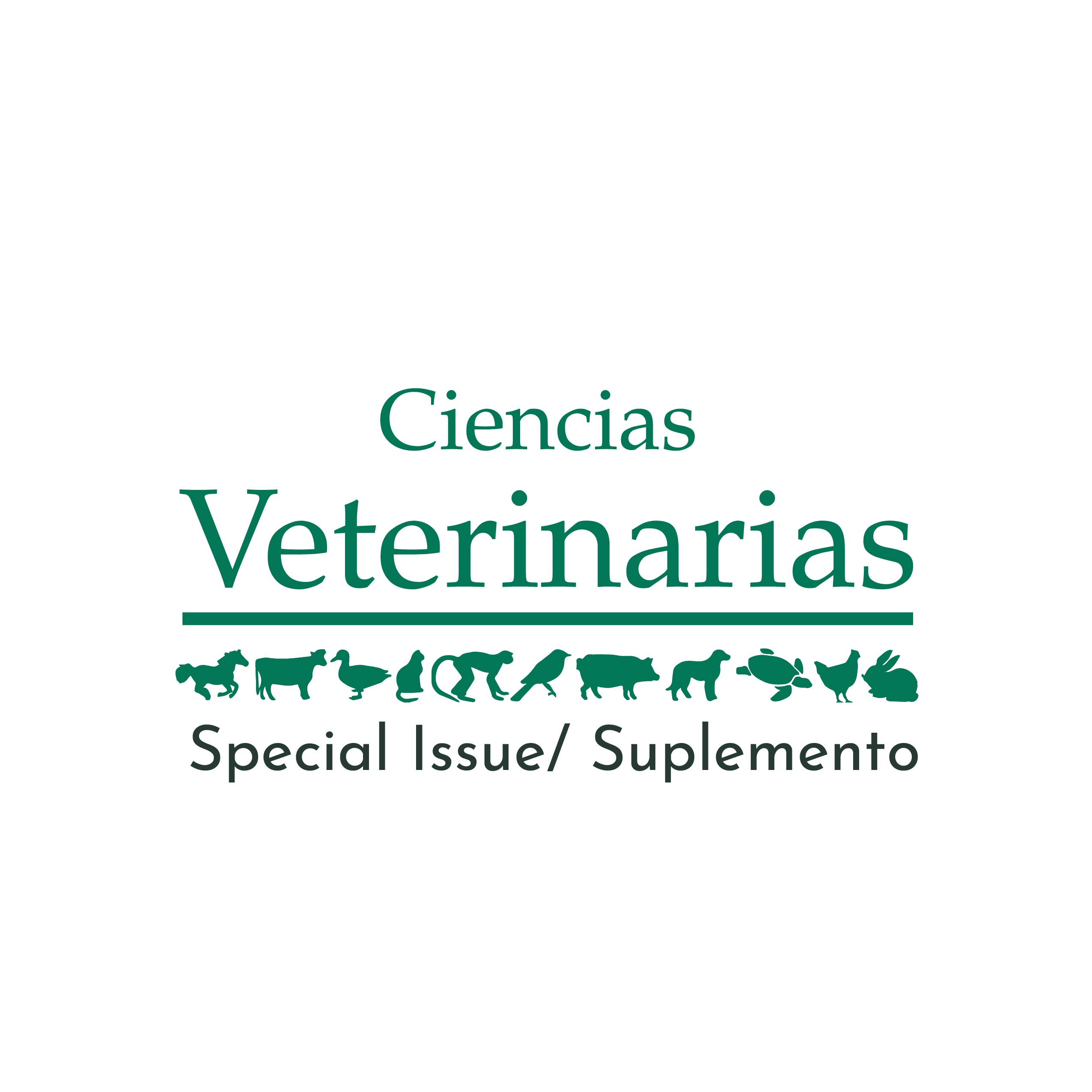Hacia la regeneración funcional de quizás el tejido más difícil del cuerpo: el cartílago articular
DOI:
https://doi.org/10.15359/rcv.37-3.3Resumen
Regenerative medicine aims at restoring or improving lost or affected functions of the body by stimulating the inherent healing capacity of tissues. The central paradigm of tissue engineering is that such repair is facilitated and enhanced using several approaches that may range from application of biologically active products (such as growth factor containing platelet rich plasma (PRP) or stem cells from a variety of sources) to the use of biofabricated implants. In all cases the aim is that in the end the body’s own healing capacity will result in the production of tissues that are identical to or at least functionally equivalent to the original tissues of which the function has been (partially) lost. In the case of the use of biofabricated implants, these are meant as temporary scaffolds that will stimulate the body’s own cells through a variety of cues but are destined to finally degrade and be replaced by newly made tissue. Ideally, this is a well-balanced gradual process in which there is a match between the disappearance (and loss of biological effect) of the engineered tissues and the formation (and increased biological effect) of the native tissues that replace the implant.
There are many examples of successful applications of this theory, e.g. in the areas of bladder reconstruction (Londono & Badylak 2015). However, recently, it has become clear that this concept (and hence the paradigm) does not hold for articular cartilage because the collagen network, which is crucial for the biomechanical functions of articular cartilage, will, once damaged, not be reconstituted to any degree in mature individuals (Heinemeier et al. 2016). For this reason, a paradigm shift is necessary in the field of regenerative medicine of articular cartilage and attempts at tissue engineering in this field will have to be redirected. There are in principle two ways to achieve such a paradigm shift: either by recreating the tissue homeostatic and (epi)genetic environment as present in fetuses and young, growing, individuals in which remodeling of the collagen network is still possible, or by adopting Nature’s approach in the mature individual, i.e. by creating a life-long persisting, immutable structural component of articular cartilage. Both ways face considerable challenges before they can become reality.
Referencias
Heinemeier, K.M., Schjerling, P., Heinemeier, J., Møller, M.B., Krogsgaard, M.R., Grum-Schwensen, T., Petersen, M.M. & Kjaer, M. 2016. Radiocarbon dating reveals minimal collagen turnover in both healthy and osteoarthritic human cartilage. Sci. Transl. Med. 8(346): 346ra90. DOI: 10.1126/scitranslmed.aad8335
Londono R., & Badylak, S.F. 2015. Biologic scaffolds for regenerative medicine: mechanisms of in vivo remodeling. Ann. Biomed. Eng. 43(3):577-592. DOI: 10.1007/s10439-014-1103-8
Descargas
Publicado
Cómo citar
Número
Sección
Licencia
Licenciamiento de los artículos
Todo artículo se publicará con una licencia:

Licencia Creative Commons Atribución-NoComercial-SinDerivadas 3.0 Costa Rica.
El acceso a esta revista es gratuito, solo se debe citar en forma completa el artículo y la revista.
Los derechos de propiedad intelectual son del autor. Una vez aceptado el artículo para su publicación el autor cede a la Revista los derechos de reproducción.
La Revista de Ciencias Veterinarias autoriza la impresión de artículos y fotocopias para uso personal. También, se promueve el uso para fines educacionales. Especialmente: instituciones podrán crear enlaces a artículos específicos que se encuentren en el servidor de la revista a fin de conformar paquetes de cursos, seminarios o como material de instrucción.
El autor puede colocar una copia de la versión definitiva en su servidor aunque se recomienda que mantenga un enlace al servidor de la revista donde está el artículo original.
Las violaciones de propiedad intelectual recaen sobre quien la realizó. No es responsable la empresa o institución que da acceso a los contenidos, ya sea porque actúa sólo como transmisora de información (por ejemplo, proveedores de acceso a Internet) o porque ofrece servicios públicos de servidores.







